Лация (Латсия / Латча)
Постоянно растущий муниципалитет
Лация (Латча / Латсия) [Latsia] является округом в Никосии и независимым муниципалитетом с 23 февраля 1986 года. Латча находится в 7 километрах от Никосии, располагаясь на высоте 190 метров над уровнем моря. Площадь, которую занимает муниципалитет, составляет 16,28 км2, а его население к 2008 году составило 22 000. До того момента численность населения подвергалось многочисленным колебаниям с резким скачком после турецкого вторжения в 1974 году, когда Латча стала прибежищем для греко-киприотов, вынужденных бежать с оккупированной турками территории.
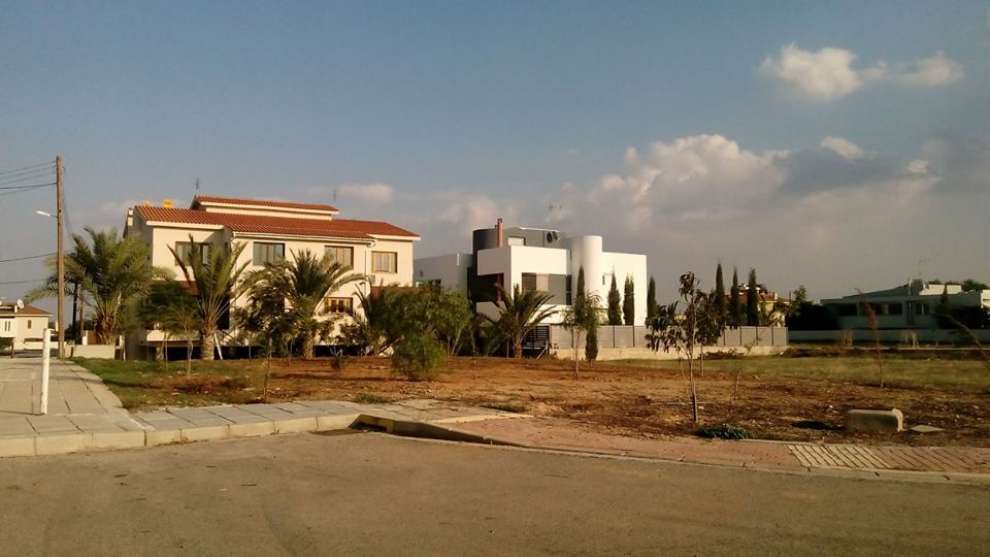 Фотo: Things Green AE
Фотo: Things Green AE
Муниципалитет Латча административно разделен на три прихода: Святого Элефтериоса [Айос Элефтериос], Святого Георгия [Айос Георгиос] и Архангела Михаила (поселение беженцев). Муниципалитет является побратимом муниципалитета Килкис [Kilkis] (Греция).
Через муниципалитет Латчи протекают потоки Драконтьяс [Drakontias] и Калогерос [Kalogeros], обе ветви реки Вати [Vathi], которая, в свою очередь, является притоком реки Педиэос [Pedieos], одной из крупнейших рек Кипра.
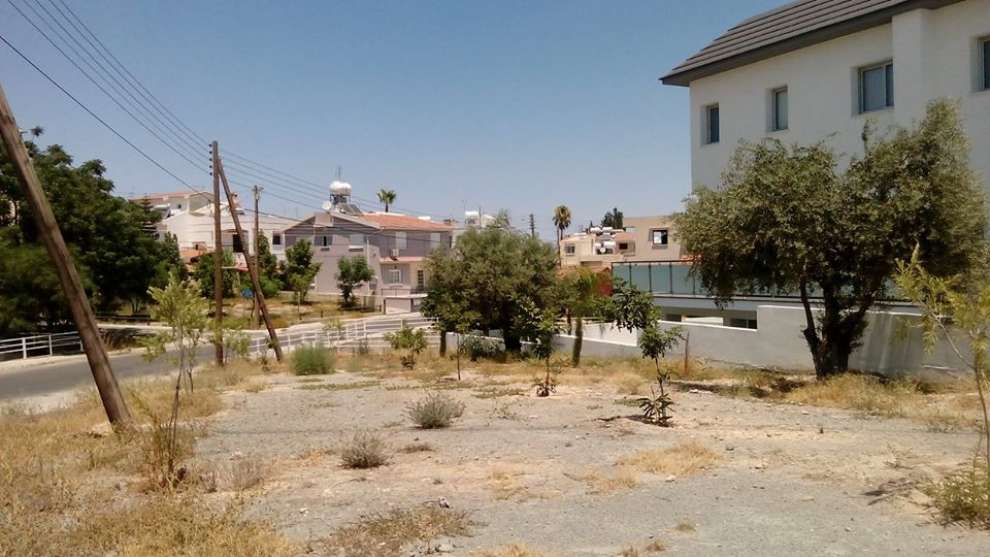 Фотo: Things Green AE
Фотo: Things Green AE
Самые ранние следы жизни (небольшая конструкция и резервуар), найденные в Латче относятся к эллинистическому периоду (325-50 гг. до н.э.), хотя нет доказательств того, что Латча в то время уже была поселением.
Согласно преданию, Латча во времена франкского (1192-1489) и венецианского правлений (1489-1570), вероятно, была крупным феодальным владением. В 1571 году, когда османы оккупировали Кипр, оно было преобразовано в вотчину, а его население было уничтожено завоевателями. Первый посёлок в этом районе был построен в 1790 году, когда местный помещик Кифологлу, распоряжающийся такими владениями, как Строволос [Strovolos], Агланция [Aglantzia] и т. д., решил продать Латчу фермерам, перебравшимся туда (в Латчу) из деревни Литродонтас [Lythrodontas] (большая деревня в 31 км к юго-западу от Никосии). Фермерам пришлось выбирать между Латчёй и Купати [Koupati], районом в центрально-восточной части Никосии. Они выбрали Латчу, так как она была ближе к Литродонте, но также потому, что она была больше и плодороднее, что позволяло им выращивать сельскохозяйственную продукцию. Таким образом, территория была продана 16 грекам-киприотам и одному турку. Все греки-киприоты разделили землю на равные части, за исключением турка, который занял большую часть территории. Фермеры решили не жить в Латче, а приезжать лишь на время посадки и уборки урожая.
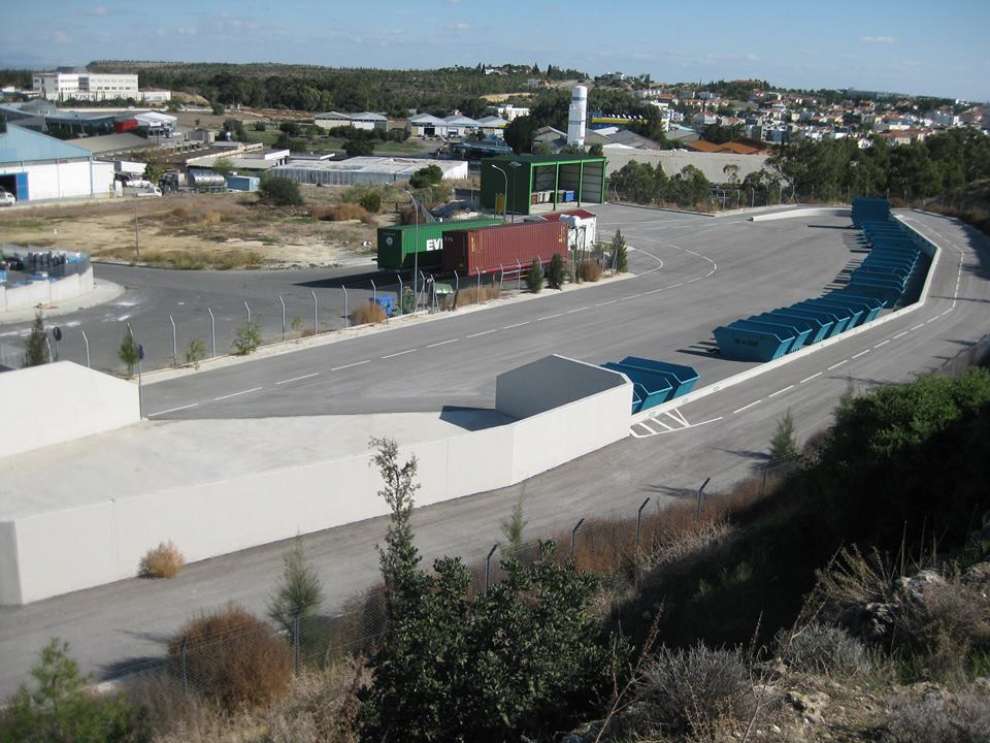 Фотo: Δήμος Λατσιών
Фотo: Δήμος Λατσιών
В 1909 году наследники того турка продали свои владения грекам-киприотам. Затем греки-киприоты из-за близости Латчи к Никосии, что способствовало сбыту продукции, начали постепенно оседать в деревне, становясь её первыми постоянными жителями. В 1930 году в Латче была основана начальная школа. После Второй мировой войны всё больше и больше жителей Литродонтас вместе со своими семьями перебиралось в Латчу, поэтому население посёлка продолжало расти. После турецкого вторжения в 1974 году в этот район стеклись беженцы из 120 различных оккупированных деревень, и Латча превратилась в одно из крупнейших поселений беженцев в Никосии.
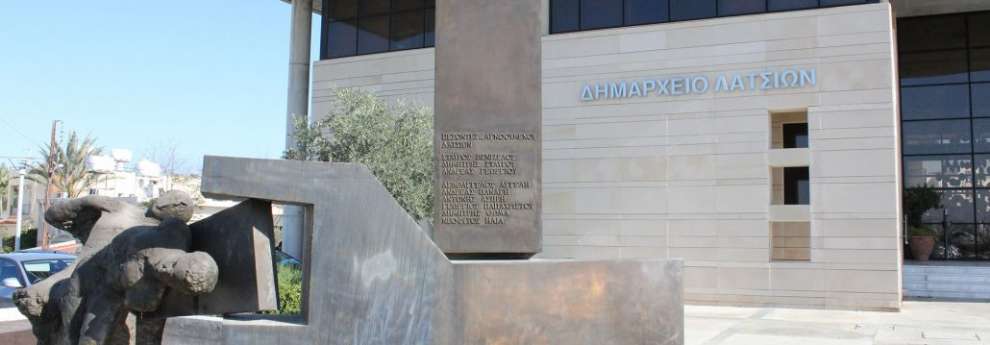 Фотo: Δήμος Λατσιών
Фотo: Δήμος Λατσιών
По поводу того, как Латча (Лация) получила своё название, говорят, что оно произошло от греческих слов Λατσίν [лацин] и Λάκκοι [лакки], что означает небольшие водяные колодцы. В этом районе было много колодцев, которые использовались для орошения и водоснабжения. Традиционно территория была очень плодородной и богата подземными водами.
Самое древнее упоминание этого названия относится к 14 декабря 1533 года. Пригород упоминается как Lachia на венецианских картах 14-17 веков.
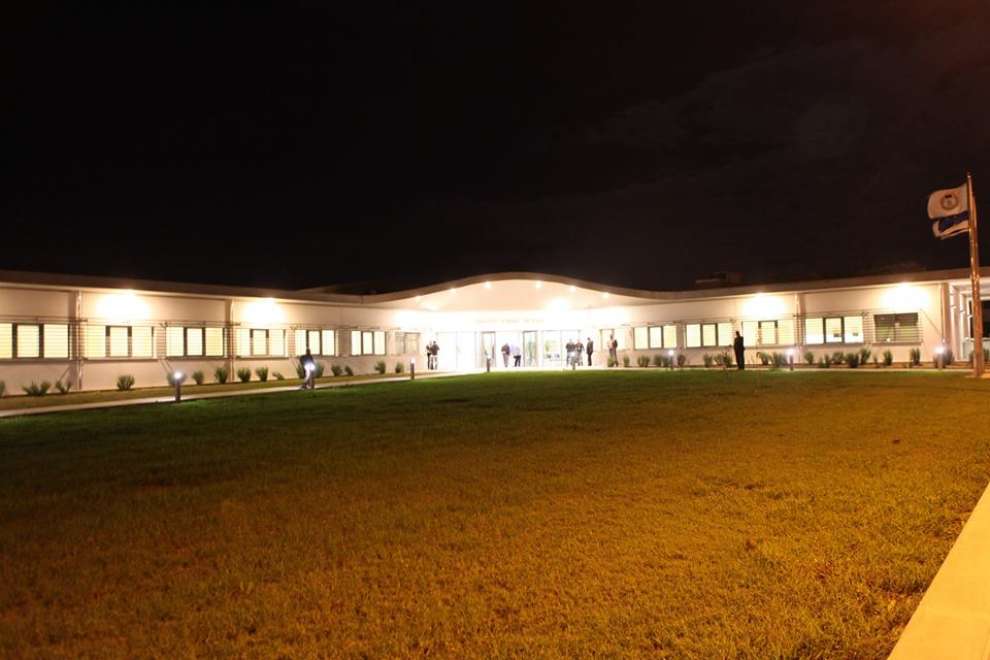 Фотo: Δήμος Λατσιών
Фотo: Δήμος Λατσιών
К юго-востоку от Латчи, в холмистой местности, находится Олимпийский стрелковый комплекс. Рядом с Латчёй, в административном районе муниципалитета Строволос, находится новый стадион ГСП, Фонд Христоса-Стелиоса Иоанну, новая ЦБ Никосии, а также Фонд психического здоровья Аталасса. Рядом с Латчёй, но в административном районе муниципалитета Гери [Geri], находится Спортивный клуб Банка Кипра.
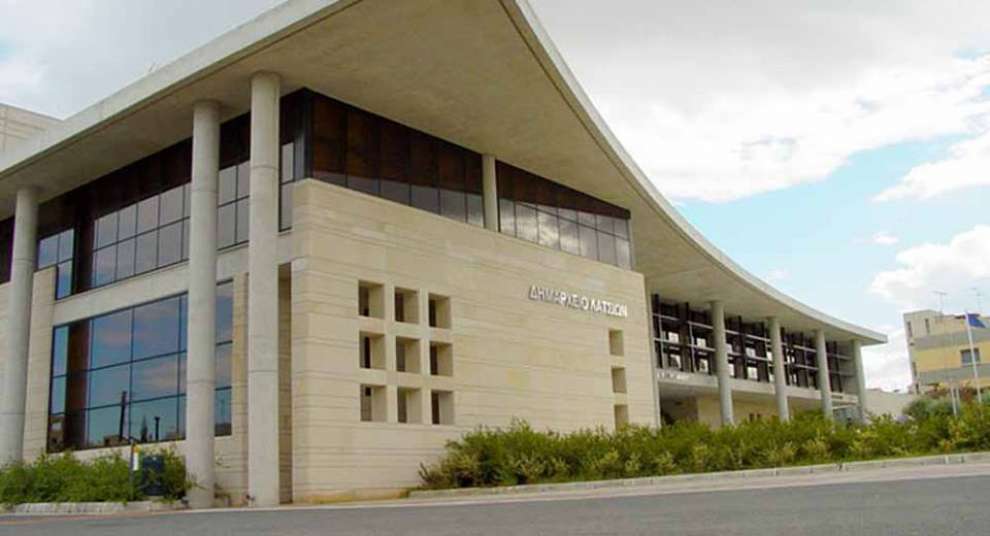 Фотo: Δήμος Λατσιών
Фотo: Δήμος Λατσιών
С 1996 года в муниципалитете Латча действует Муниципальная библиотека. Кроме того, можно посетить Муниципальный театр Латчи, который вмещает 576 зрителей, за пределами которого имеется открытое пространство, подходящее для выставок живописи, скульптуры, фото и для проведения других различных мероприятий. В 2003 году в Латче открылся театр «АНЕМОНА».
Стоит отметить, что в муниципалитете Латча расположен спортивный клуб Εθνικός Λατσιών [Национальная Латча], который включает секции по футболу и волейболу, клуб Lefkothea Latsion по женскому футболу, который является чемпионом Кипра, ассоциации женской гандбольной лиги AS Latsia и Latsia East по настольному теннису.
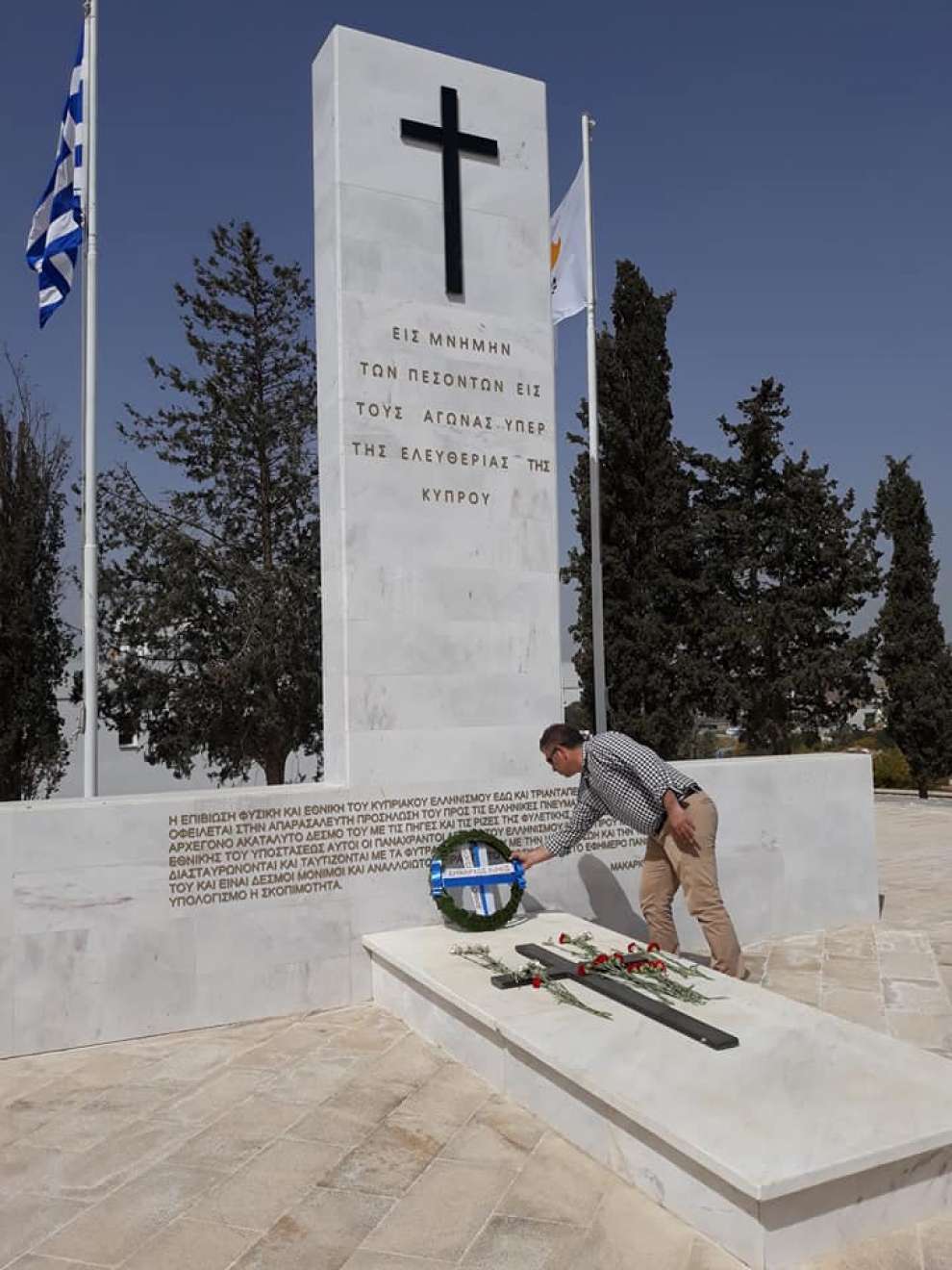 Фотo: Δήμος Λατσιών
Фотo: Δήμος Λατσιών
В Латче расположено более 20 зеленых парков, которые посвящены национальным героям, святым и другим важным деятелям. Часть Латчи входит в Национальный лесной парк Аталассы.
Парки и зелёные зоны Латчи:
- Парк Начальной школы №1 [A' Primary School Park]
- Парк Апостола Луки [Apostolos Loukas Park]
- Парк Дору Лоизу [Dorou Loizou Park]
- Парк им. Феофилоса Георгиадеса [Theofilos Georgiadis Park]
- Парк Македонского проспекта [Park of Makedonia Avenue]
- Парк им. Кипроса Хрисанти [Cyprus Chrysanthi Park]
- Парк им. Мелины Меркури [Melina Merkouri Park]
- Парк им. Неофитоса Пуллу [Neophytou Poullou Park]
- Парк им. Павлоса Лису [Pavlou Iisou Park]
- Парк Улицы 28-го Октября [Park on the 28th October Street]
- Парк на ул. Гравиаса [Park on Gravias Street]
- Парк на улице Димитриса Ставру [Park on Dimitris Stavrou street]
- Парк на ул. Эвагороса Палликаридеса [Park on Evagoras Pallikarides street]
- Парк на ул. Икару [Park on Ikarou street]
- Парк на ул. Онофриоса Клеридиса [Park on Onoufriou Clerides street]
- Парк на ул. Пророка Ильи [Park on Profitis Ilias street]
- Парк на ул. Такиса Софоклеуса [Park in Takis Sofokleous street]
- Парк в р-не «Десять Имён» [Park in the area "Ten Names" / Πάρκο στην περιοχή «Δέκα Ανομάτοι»]
- Парк на пл. Мира [Park in Peace Square / Πάρκο στην Πλατεία Ειρήνης]
- Зелёная зона Апостола Андрея [Green Area Apostle Andrea]
- Зелёная зона Апостола Луки [Green Area of Apostle Louka]
- Зелёная зона Архангела Михаила [Green Area Archangel Michael]
- Зелёная зона Автономус [Autonomous Green Area / Χώρος Πρασίνου Αυτοστέγασης]
- Зелёная зона Начальной школы №2 [Green Area B' Primary School]
- Зелёная зона Начальной школы №3 [Green Area Γ’ Primary School]
- Зелёная зона Начальной школы №4 [Green Area Δ’ Primary School]
- Охотничья зелёная зона [Hunting Area Green]
- Зелёная зона при монументе павшим и пропавшим без вести [Green Area of the Monument to the Fallen and Missing]
- Зелёная зона при муниципальных складах [Green Area at the Warehouses of the Municipality]
- Зелёная зона на ул. Святого Амвросия [Green Area at Agios Amvrosios Street]
- Зелёная зона на ул. Святого Элефтериоса [Green Area on St. Eleftheriou Street]
- Зелёная зона на ул. Аталассис [Green Area at Athalassis Street]
- Зелёная зона на ул. Андреаса Авраамидиса [Green Area on Andreas Avraamidis Street]
- Зелёная зона на ул. Карпату [Green Area on Karpathou Street]
В административных целях Латча разделена на три прихода: Святого Георгия [Айос Георгиос] (охватывает большую часть территории Латсии), Святого Элефтериоса [Айос Элефтериос] (охватывает одноимённое поселение Айоса Элефтериоса) и Архангела Михаила (охватывает одноименное поселение беженцев).
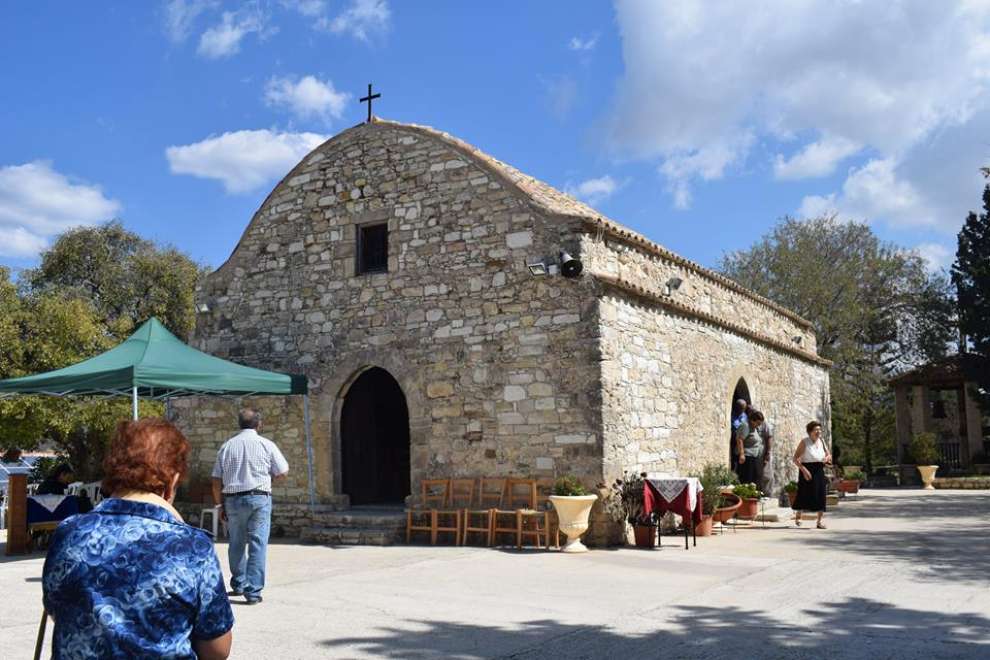 Фотo: Δήμος Λατσιών
Фотo: Δήμος Λατσιών
В Латче имеются четыре большие церкви: Святого Георгия (годы строительства: 1959 по 1962 год), Святого Элефтериоса (годы строительства: с 1990 по 1993 год), Архангела Михаила, которая была построена сравнительно недавно, в 2004 году, и, наконец, церковь Святого Филиппа (годы строительства: с 1988 по 1993 год). Кроме того, в Латче находятся две часовни: Святой Фотини (Айа Фотини), построенная в 1990–1991 годах, на руинах старого храма и часовня Святой Марины (Айя Марина), построенная в 1985–1986 годах на руинах старого храма.
И, наконец, в районе Латчи находятся впечатляющие природные пространства, такие как ущелье Каккаристрас [Kakkaristras Gorge] на притоке реки Калогирос [Kalogiros], примерно в 500 метрах к юго-западу от Латчи.
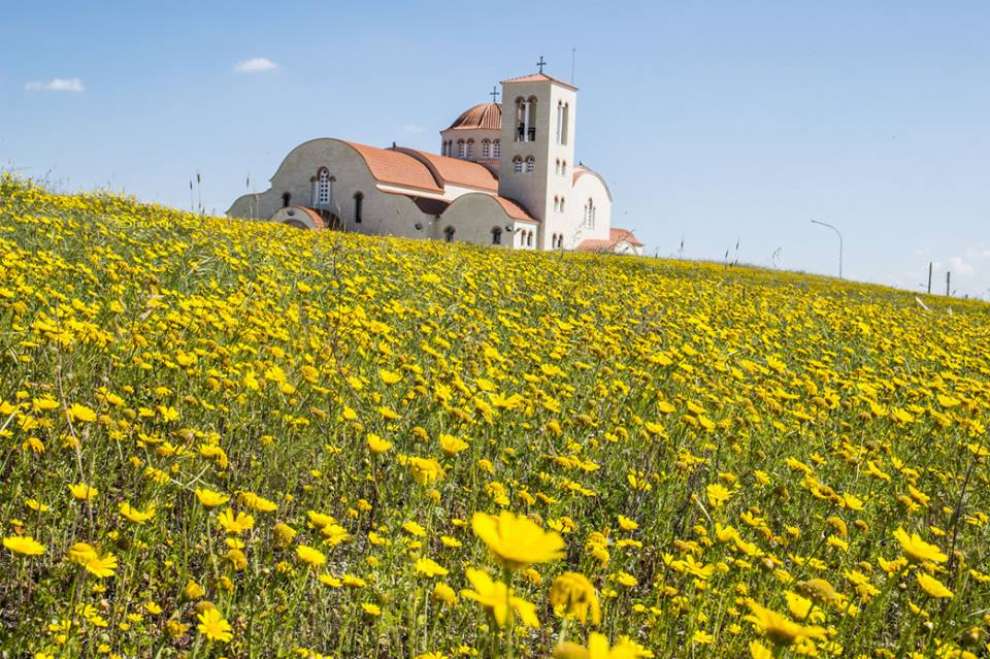 Фотo: Σταυρου Σταυρος
Фотo: Σταυρου Σταυρος
Чтобы посмотреть на карте, кликните ЗДЕСЬ

 Русский
Русский
 English
English Ελληνικά
Ελληνικά